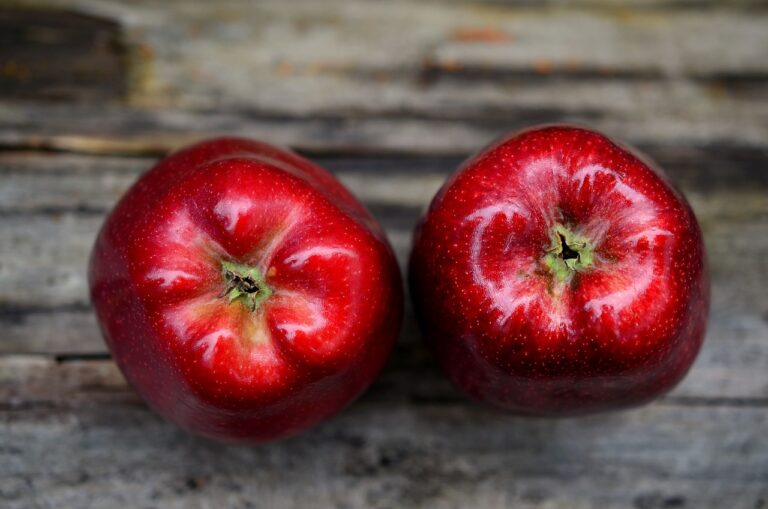The Impact of Climate Change on Coffee Production
Coffee production is influenced by a variety of factors that play a crucial role in determining the quality and quantity of the harvest. The altitude at which coffee is grown significantly affects its flavor profile, with higher altitudes generally producing more desirable and complex coffee beans. Additionally, soil quality and composition play a vital role in the health and yield of coffee plants, as they require specific nutrients to thrive and produce high-quality beans.
Furthermore, the climate and weather patterns in the regions where coffee is cultivated also have a significant impact on production. The right balance of rainfall and sunshine is crucial for the growth of coffee plants, as they need an adequate amount of water and sunlight to develop properly. Any deviations in these conditions can result in a lower yield or inferior quality beans, highlighting the importance of environmental factors in coffee production.
• Altitude at which coffee is grown
• Soil quality and composition
• Climate and weather patterns in the region
Rising temperatures affecting coffee growth
One of the significant challenges faced by coffee growers worldwide is the impact of rising temperatures on coffee growth. As temperatures continue to increase, coffee plants are experiencing stress, leading to changes in their growth patterns and overall health.
The rise in temperatures affects the maturation process of coffee cherries, often causing them to ripen at a faster rate. This can result in a decrease in the quality of the coffee beans, as the sugars may not fully develop, altering the flavor profile of the final product. Additionally, higher temperatures can make the coffee plants more susceptible to diseases and pest infestations, further jeopardizing the yield and quality of the coffee harvest.
Changes in rainfall patterns impacting coffee cultivation
Coffee cultivation is highly vulnerable to changes in rainfall patterns, which can significantly impact the quality and yield of coffee beans. Inconsistent rainfall can lead to periods of drought or excessive moisture, both of which can hinder the growth and development of coffee plants. Insufficient rainfall can result in poor flowering and fruiting, ultimately affecting the quantity of coffee harvested.
On the other hand, excessive rainfall can increase the risk of diseases such as coffee leaf rust and reduce the overall quality of the beans. Coffee plants require a delicate balance of rainfall to thrive, making them particularly sensitive to any deviations from their ideal growing conditions. With climate change leading to more erratic weather patterns, coffee farmers are facing increasing challenges in maintaining stable and sustainable cultivation practices.
What factors are influencing coffee production?
Factors such as changing rainfall patterns, rising temperatures, and other climate-related changes are impacting coffee cultivation.
How are rising temperatures affecting coffee growth?
Rising temperatures can lead to heat stress in coffee plants, affecting their growth and productivity.
How are changes in rainfall patterns impacting coffee cultivation?
Changes in rainfall patterns can result in droughts or excessive rainfall, both of which can negatively impact coffee cultivation by affecting the quality and yield of coffee beans.







